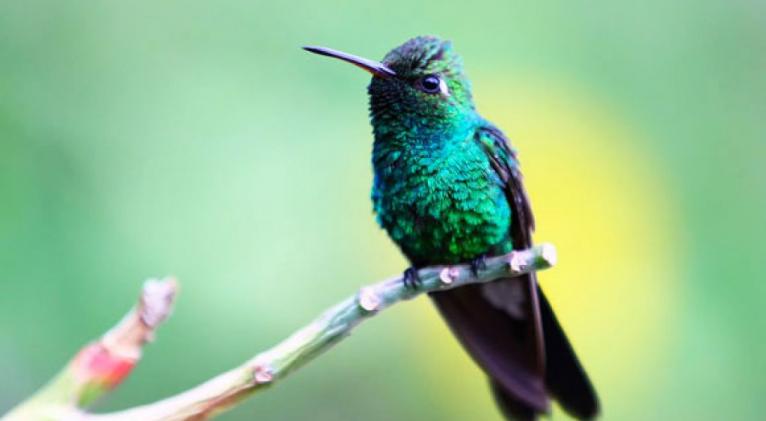Birds, Important Natural Wealth in Northern Cuban Keys

Birds are one of the main natural resources in the keys bordering the northern coast of the Cuban central province of Ciego de Avila, one of the island''s prominent tourist destinations.
Jardines del Rey, is the largest of the four archipelagos that surround Cuba and stands out for the diversity of flora and fauna, the beauty of terrestrial and marine landscapes, as well as for the conservation of coastal ecosystems.
Covered with forests, predominantly small trees and mangroves, and with more than 25 miles of beaches, the Coco, Guillermo, Paredón Grande, Antón Chico and Media Luna keys are part of the Buenavista Biosphere Reserve.
Bathed by the waters of the Caribbean Sea and the Atlantic Ocean, the islets are a refuge for more than 200 species of birds from 14 genera, including migratory, terrestrial and endemic birds, thus representing great potential for nature tourism in the area.
The cays provide a permanent or temporary shelter for birds, both for species of the Cuban territory and for others that come from distant lands in search of a warm climate.
Some 230 varieties of birds have been registered in this environment, more than 60 percent of those in Cuba, as well as a large number of migratory birds, due to the existence of an important international corridor in the area.
Due to its location in the Gulf of Mexico, such natural reserves are considered vital point for the winter residence of migratory birds, not only for the stay in the cold season, but also for a brief stay and then continue journey to the south of the continent.
However, there are other migratory birds such as the piping plover and thick-billed vireo of the Bahamas that have already formed permanent communities in Cayo Paredon Grande, after having found favorable conditions for their reproduction and feeding.
According to biologist Antonio Garcia, this is the only place in Cuba where these two species of Caribbean birds live, while to the north of the Coco, Guillermo and Paredón keys is the nesting site of the most important seagull in the Caribbean.
Cayo Coco has a great diversity of bird species and stands out for having a large colony of pink flamingos, which were described by Ernest Hemingway as 'ugly in detail and persevering beauty at the same time.'
Belonging to the Great North Wetland of Ciego de Avila, there live populations of the American white ibis, which by its abundance gives name to the islet. Budgerigars, Cuban emeralds, Lessonias bold, Greater Antillean grackle and other also live in the area.
Woodpeckers have only 16 specimens of royal palm (Cuba's national tree) to make their nests, holes that also provide shelter for 12 other types of birds, including the Cuban pygmy owl and the ciguapa.
Currently specialists in the Center for Research on Coastal Ecosystems of Cayo Coco (CIEC) focus their studies on the evolution of the thick-billed vireo, the Zapata sparrow and the Bahama mockingbird, because they are endangered species, if not preserved in their natural habitat.
This area also hosts the Jardines del Rey tourist destination, one of the most important in the country, with 16 hotels, more than 7,900 rooms and a wide network of recreational facilities.
This is one of the reasons for preserving biodiversity in the region through monitoring and implementation of management plans, in order to observe the reaction of birds to tourist facilities.
Thousands of tourists from different parts of the world come every year to the region, interested in birdwatching, hence the importance of safeguarding the environment where they live and embellish the landscape with their songs and colorful plumage.













Add new comment